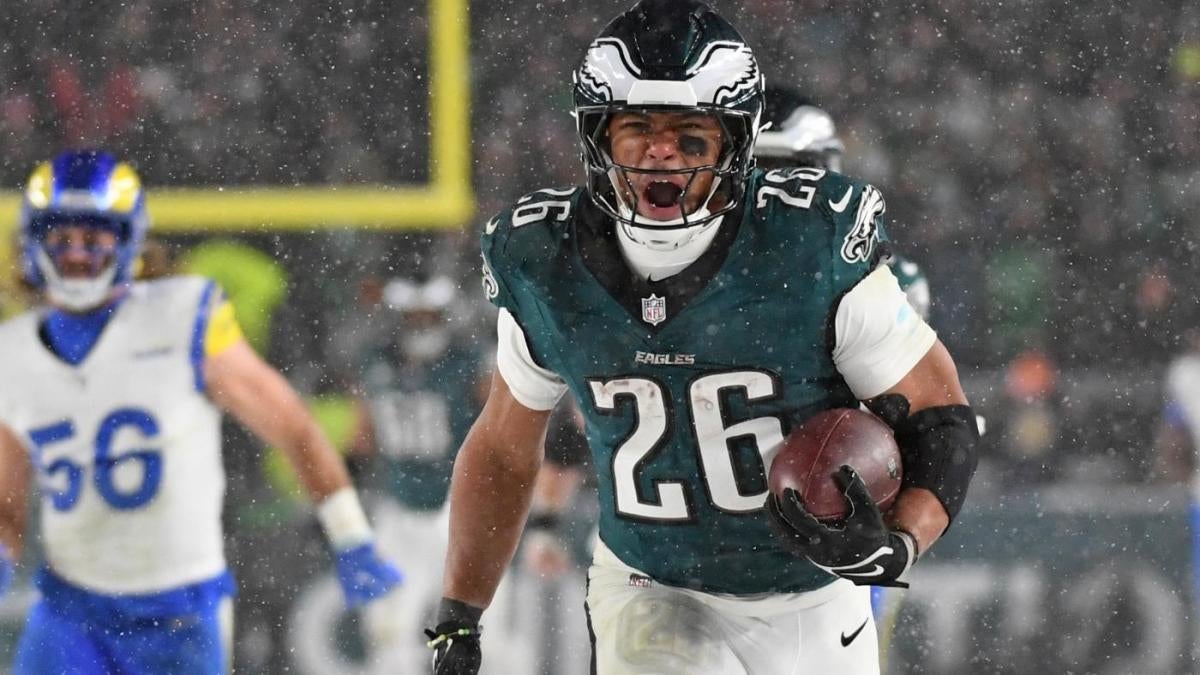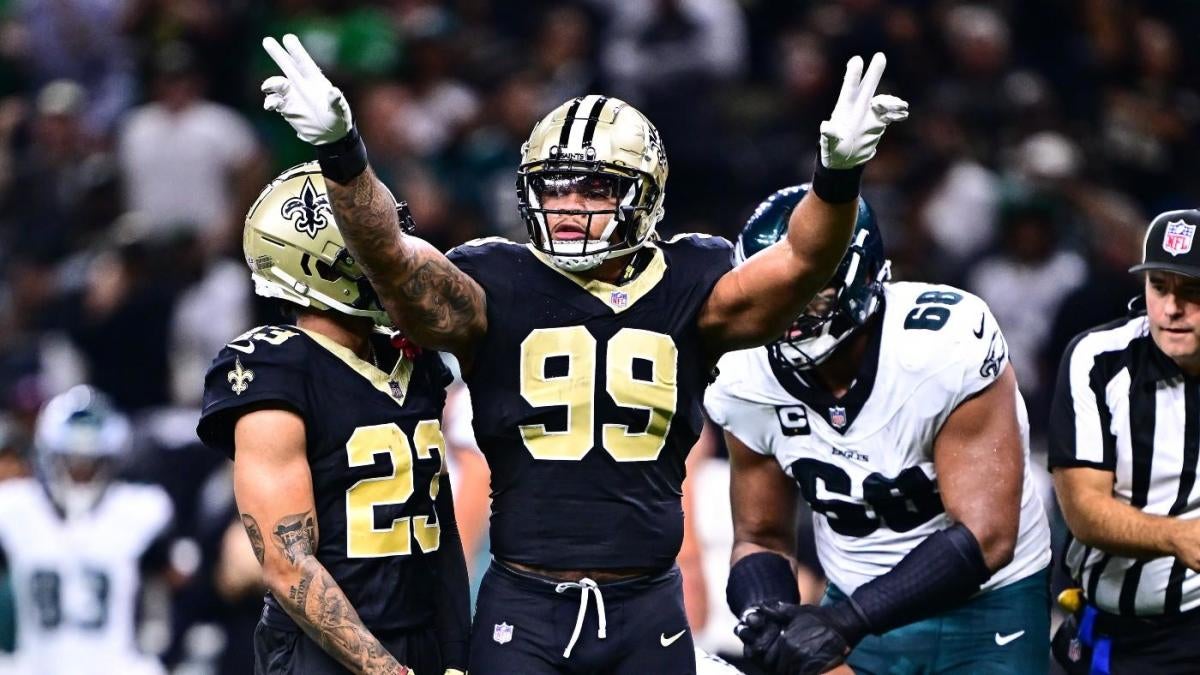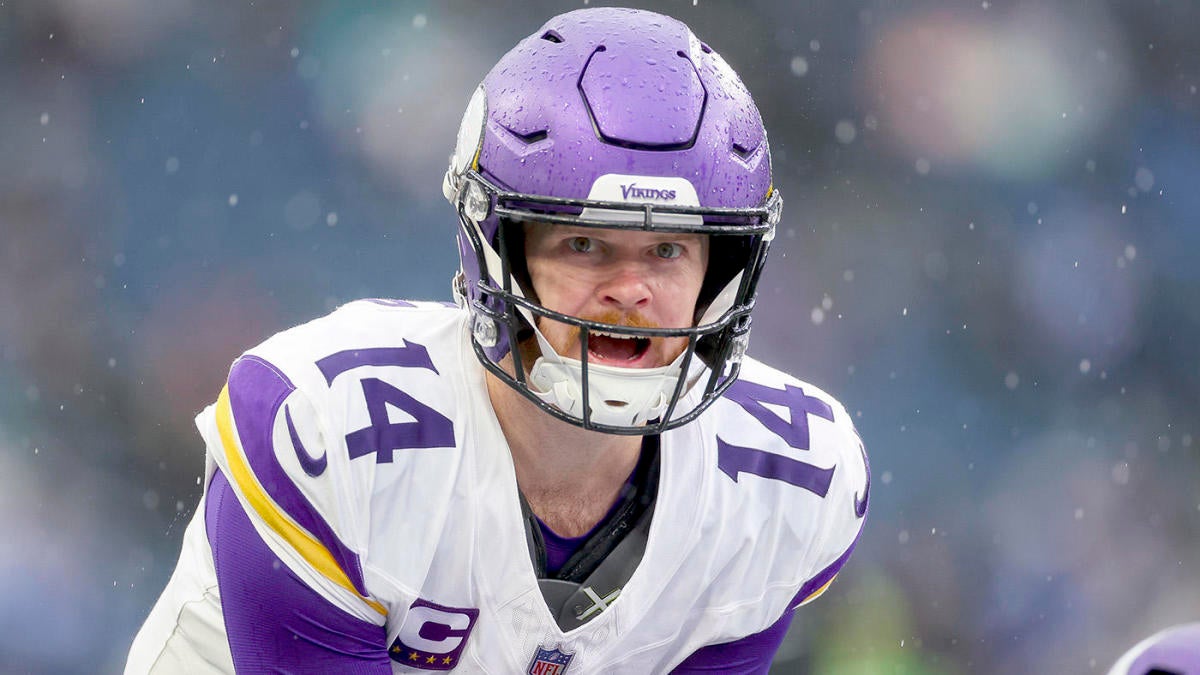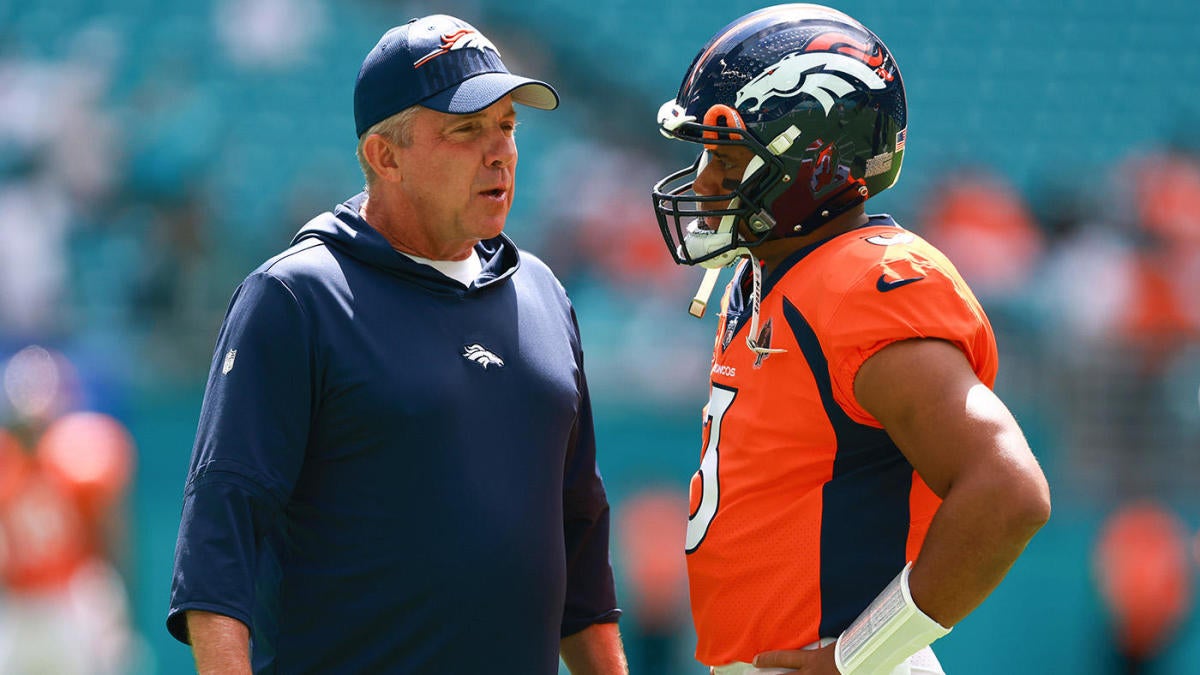
The Broncos hired quarterback whisperer Sean Payton as head coach at the end of January to resurrect Russell Wilson’s career after he had his worst NFL season in 2022. Generally, Wilson had been trending in the right direction until struggling mightily in a 19-8 Week 6 loss to the Chiefs.
The 12-year veteran had one of the worst outings of his NFL career against Kansas City. Wilson completed 13 of 22 passes for 95 yards with one touchdown and two interceptions. Denver’s record dropped to 1-5. It is Denver’s worst start since the 1994 season.
Wilson inability to regain the form that made him a fixture at the Pro Bowl during his 10 seasons with the Seahawks and Denver’s dismal record have put his future with the Broncos in jeopardy despite his massive contract. The Broncos signed Wilson to a five-year, $245 million contract extension in August 2022 shortly after the franchise’s sale to a new ownership group led by Walmart heir Rob Walton.
Wilson’s $49 million-per-year extension runs through the 2028 season because there were two years remaining on his contract when he signed. The deal has $165 million in guarantees where $124 million was fully guaranteed at signing. The $124 million fully guaranteed at signing includes a $50 million signing bonus, which is prorated on the salary cap at $10 million annually from 2022 through 2026.
Wilson’s deal contains two option bonuses, one in 2023 and the other in 2024. Multiple option bonuses are rarely used in NFL contracts. It is one of the most complicated contract structures.
Option bonuses are prorated over the life of a contract (up to a maximum of five years), including the option years, beginning in the league year when the option is exercised. From a salary cap standpoint, the presumption is option years will be picked up.
Wilson’s fully guaranteed $28 million 2023 base salary reduced to $8 million when the Broncos picked up an option for his 2027 contract year worth $45 million in March. The $20 million payment to exercise this option (i.e.; option bonus) is prorated on the salary cap at $4 million annually from 2023 through 2027.
The second option must be picked up between the first and fifth days of the 2024 league year (next March 13 through March 17). Paying the required $22 million for Wilson’s 2028 contract year worth $50 million will drop his fully guaranteed $39 million 2024 base salary to a fully guaranteed $17 million.
Wilson’s 2024 cap number is listed as $35.4 million. The components are $10 million of signing bonus proration, $4 million of option bonus proration (the first option), $4.4 million of option bonus proration (the second option) and Wilson’s reduced $17 million base salary.
Barring a major turnaround by the Broncos and/or Wilson, it’s hard to imagine him getting a third season in Denver. There aren’t any easy solutions for the Broncos exiting Wilson’s contract because of the option bonus structure and his remaining salary guarantees. A trade isn’t a realistic possibility given the contract. Complicating matters is Wilson’s injury guaranteed $37 million 2025 base salary becoming completely secure next March 17 on the fifth day of the 2024 league year.
Pick Six Newsletter
Crafted By The Best NFL Experts
Get the day’s big stories + fun stuff you love like mock drafts, picks and power rankings.
The most financially prudent way for Denver to part ways with Wilson will be releasing him before the $37 million in 2025 becomes fully guaranteed by picking up the second option next March while using a post-June 1 designation. A team can release two players each league year before June 2 using a post-June 1 designation that will be treated under the cap as if released after June 1. With a post-June 1 designation, a team is required to carry the player’s full cap number until June 2 even though he is no longer a part of the roster. The player’s salary comes off the books at that time unless it is guaranteed.
Only the current year’s bonus proration counts toward the cap with players released using a post-June 1 designation. The acceleration of the bonus proration in future contract years is delayed until the following league year, which typically begins in early to mid-March.
Denver’s 2024 dead money, a salary cap charge for a player no longer on a team’s roster, relating to Wilson would equal his listed $35.4 million 2024 cap number by releasing him in this manner. The $35.4 million would be the same components as his cap number ($10 million in 2024 signing bonus proration, $4 million in first option bonus proration, $4.4 million in second option bonus proration and the 2024 base salary reduced to $17 million). Wilson’s guarantees have offsets so Denver would get some nominal 2024 cap relief from the contract Wilson signed with another team for next season.
There would be $49.6 million in 2025 dead money consisting of the $20 million in signing bonus prorated from the 2025 and 2026 contract years, the $12 million in option bonus prorated from the 2025 through 2027 contract years and the $17.6 million in option bonus prorated from the 2025 through 2028 contract years. This $49.6 million in 2025 dead money would represent a $5.8 million cap savings for the Broncos from Wilson’s $55.4 million 2025 cap number. Denver wouldn’t have any more cap charges for Wilson after 2025.
Releasing Wilson’s without picking up the option using a post-June 1 designation would be more of challenge given Denver’s salary cap situation for 2024. Under offseason accounting rules, only the top 51 salaries (i.e.; cap numbers) matter. Denver has a little less than $259.31 million in 2024 cap commitments with 43 players under contract, according to NFLPA data. There is just over $10.48 million of existing cap space that can be carried over to 2024. Assuming the 2024 salary cap is set in the $245 million neighborhood (an 8.99% increase from this year), the Broncos should have about a $12 million overage with 51 players counting.
The 2024 dead money would be $53 million, which is $17.6 million more than Wilson’s 2024 cap number. It would consist of the $10 million in signing bonus proration, the $4 million in option bonus proration and the $39 million 2024 base salary guarantee.
The dead money in 2025 would be $32 million composed of the $20 million in signing bonus prorated over the 2025 and 2026 contract years as well as the $12 million in option bonus prorated from the 2025 through 2027 contract years. Denver would pick up $23.4 million in cap room since Wilson’s 2025 cap number is $55.4 million. Wilson would be off Denver’s books beginning in 2026.
Cutting Wilson conventionally (no post-June 1 designation) before exercising the option for the 2028 contract year isn’t feasible. The Broncos would have $85 million in 2024 dead money, which add $49.6 million in cap obligations.
The $85 million would consist of the $30 million in signing bonus prorated from the 2024 through 2026 contract years, the $16 million in option bonus prorated from the 2024 through 2027 contract years and Wilson’s fully guaranteed $39 million 2024 base salary. The only good news would be Wilson dropping off Denver’s books starting in 2025.
Payton benching Wilson at some point this season wouldn’t be surprising. It could come as early as Week 10 after Denver’s Week 9 bye especially with losses to the Packers and Chiefs in the next two games putting their record at 1-7.
A quarterback change might be just as much financially motivated, if not more, than performance related. The last thing the Broncos would want is for Wilson to get hurt where he couldn’t a pass a physical next March so they are on the hook for $37 million from 2025 that is guaranteed for injury. The total extra amount would be $41 million because $4 million of Wilson’s $40 million 2026 base salary was also guaranteed for injury at signing.
Go to Source
Author: Joel Corry
October 18, 2023 | 2:35 pm
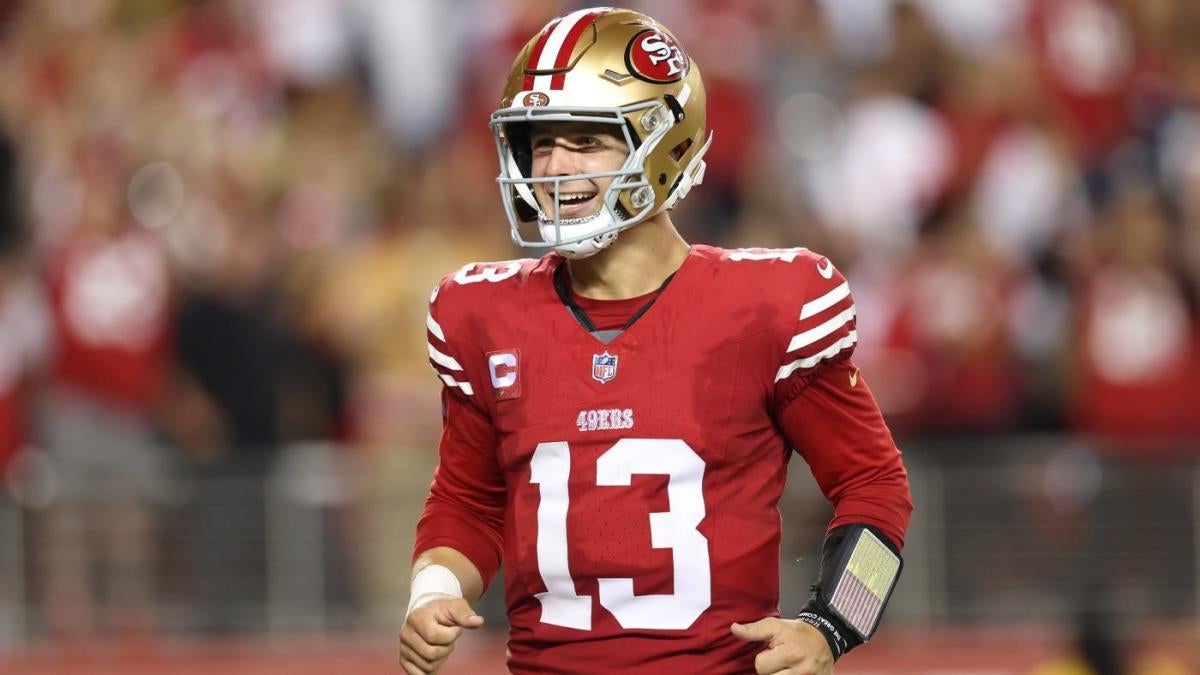


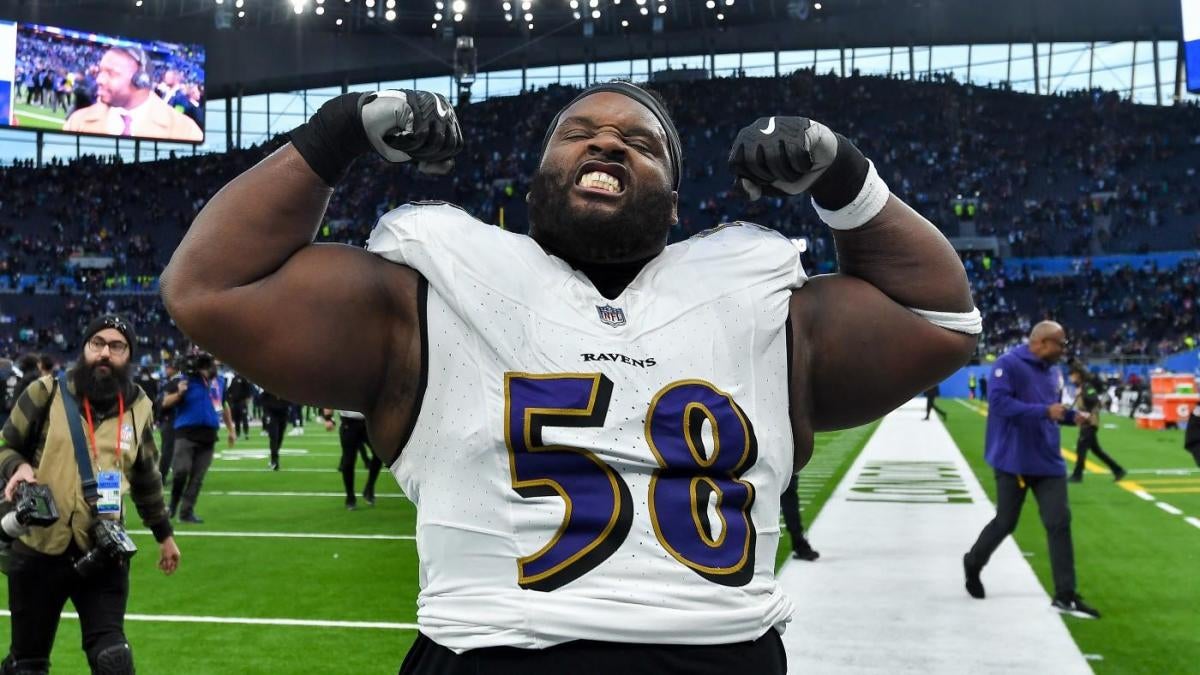
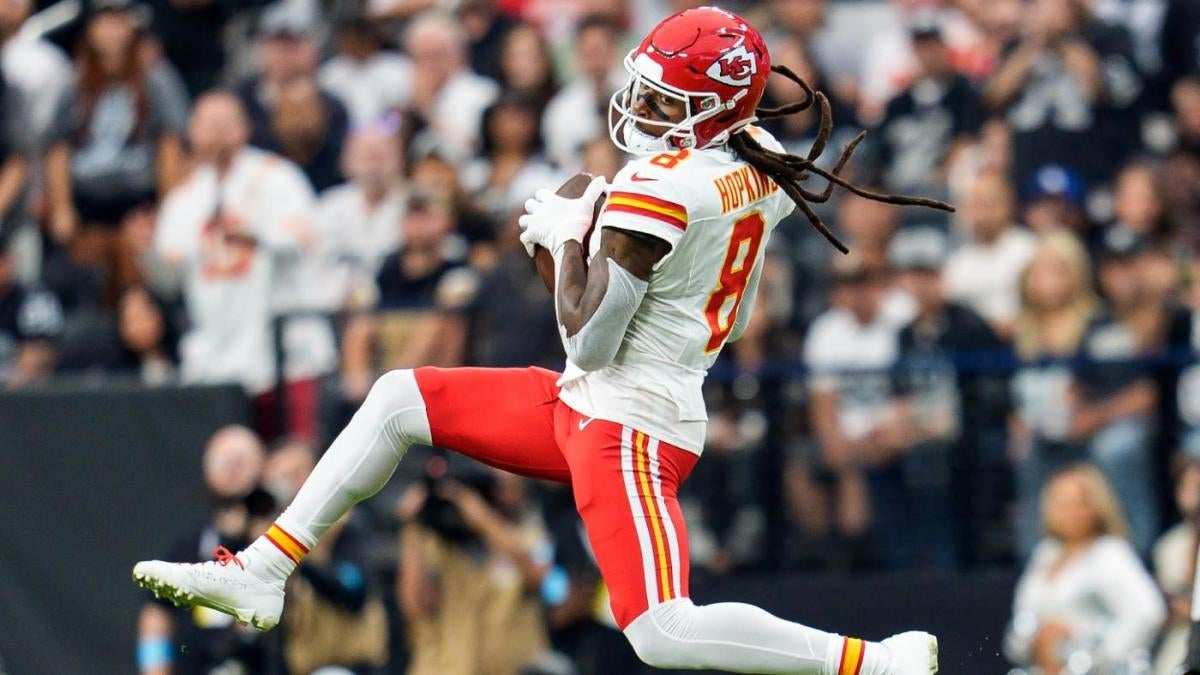
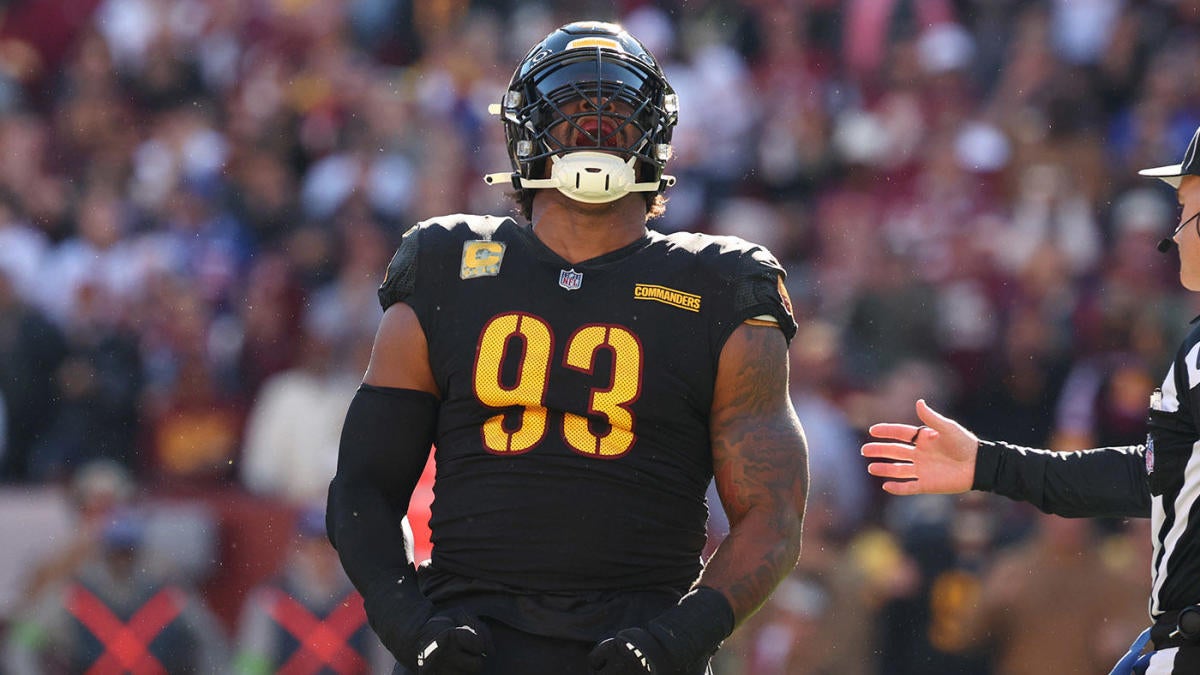
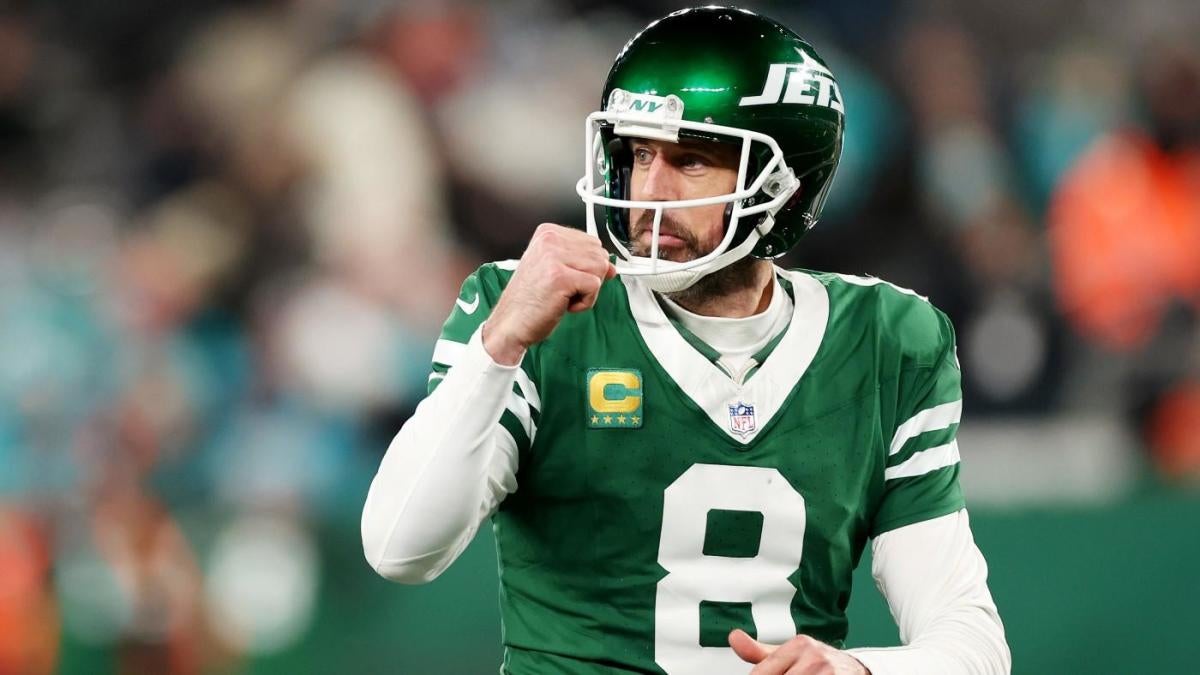

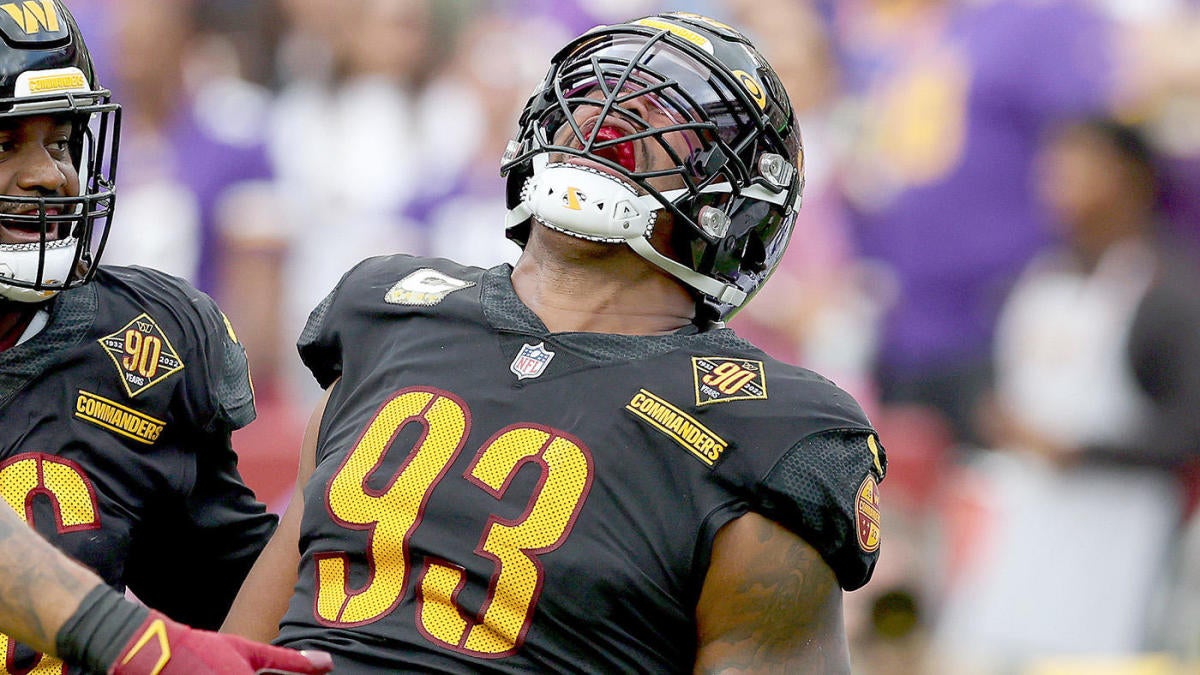
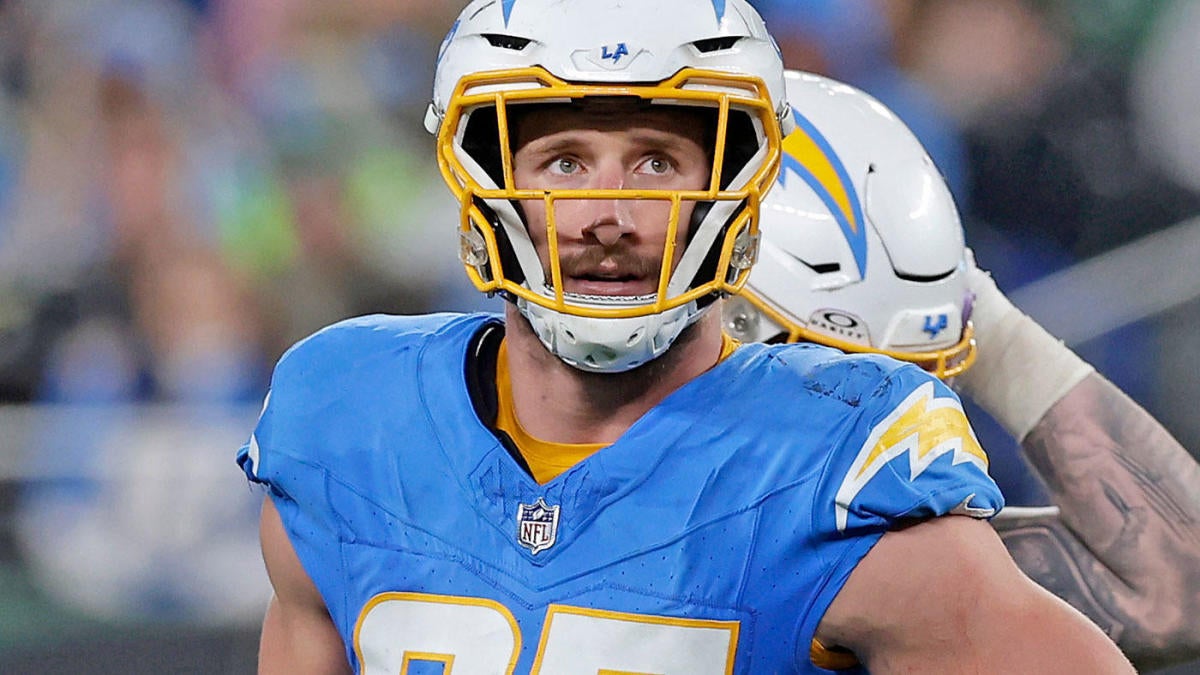


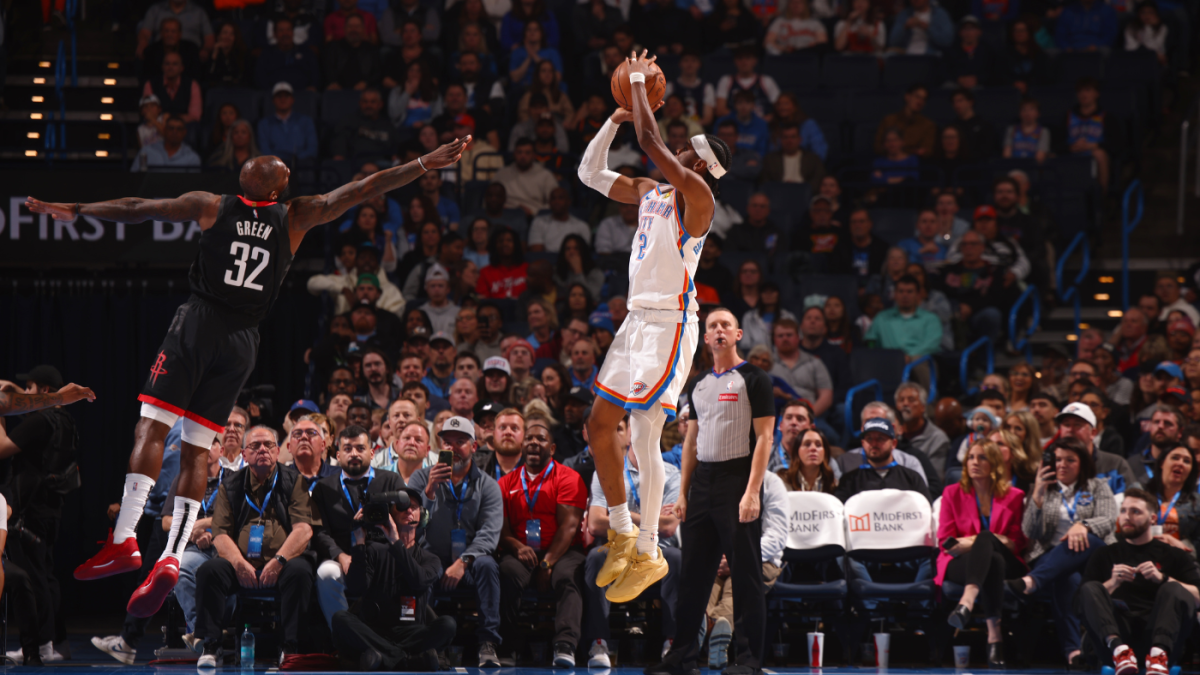

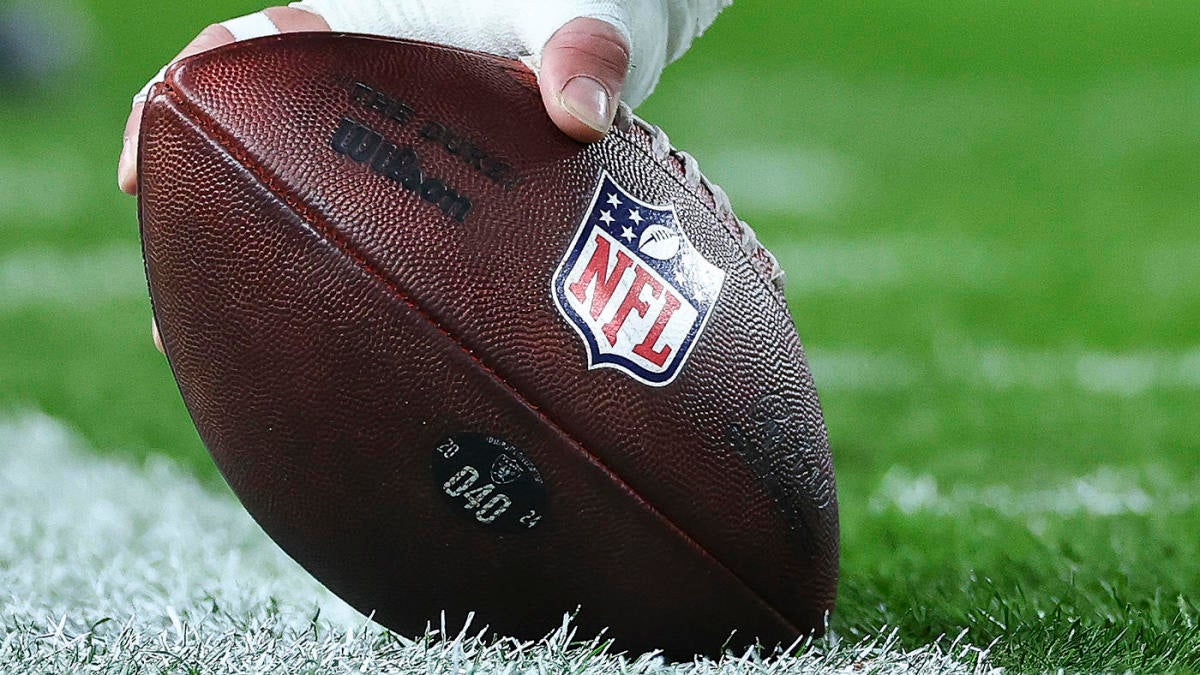
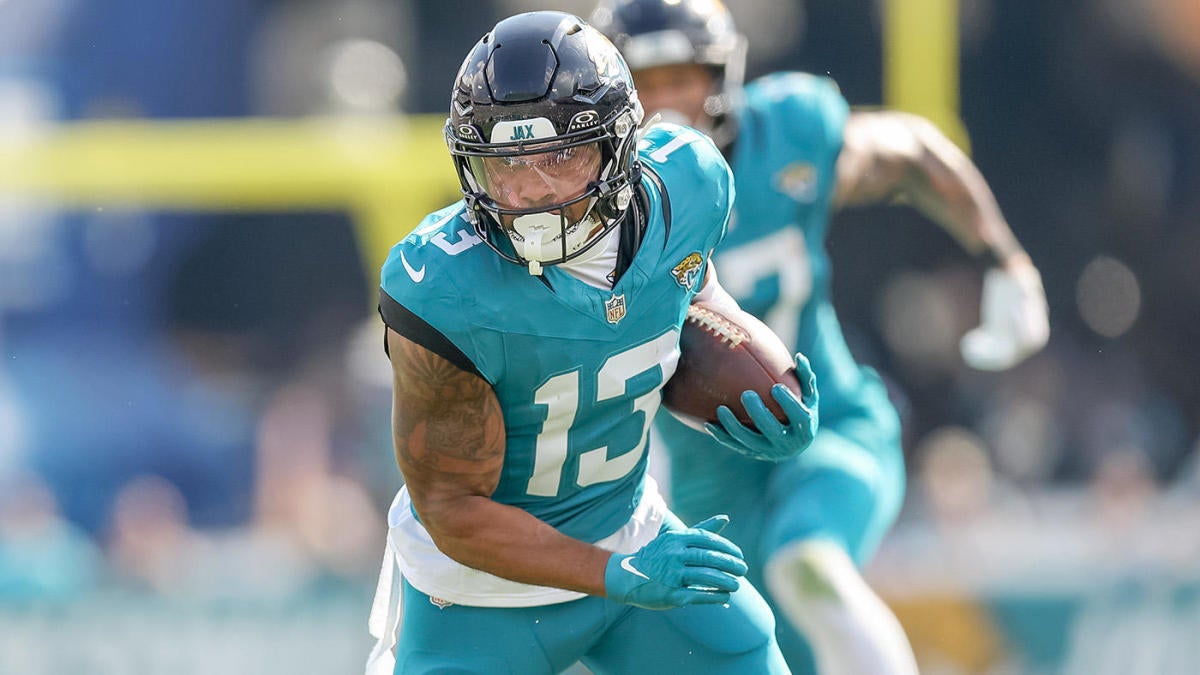

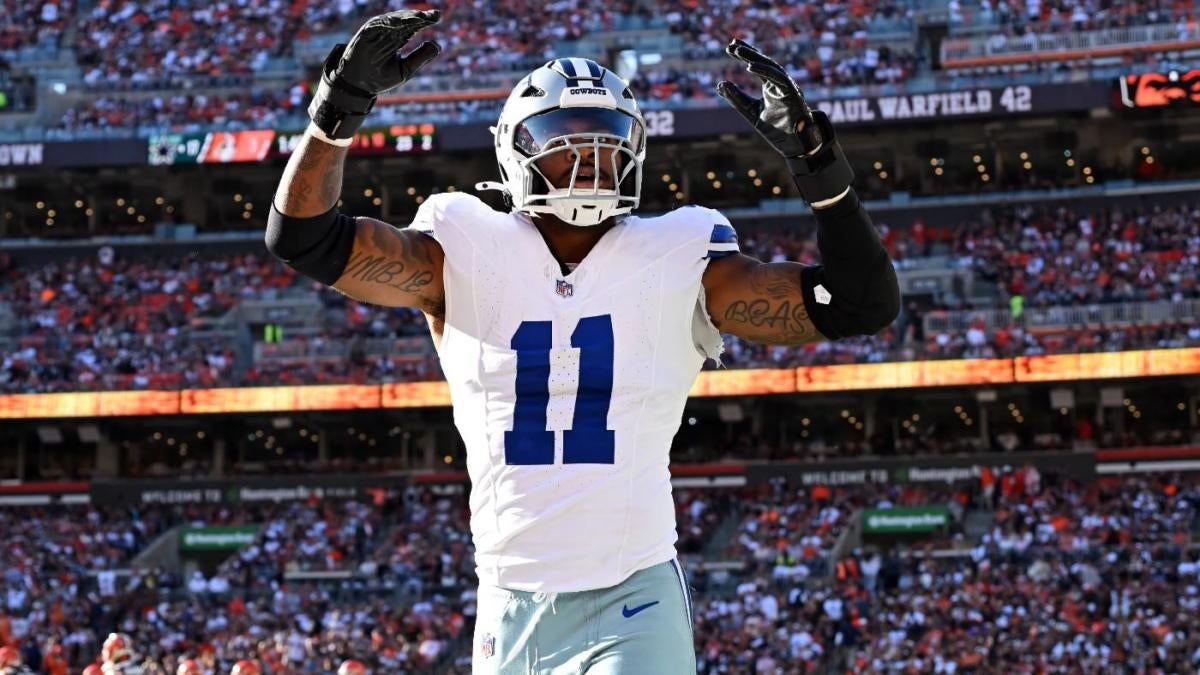
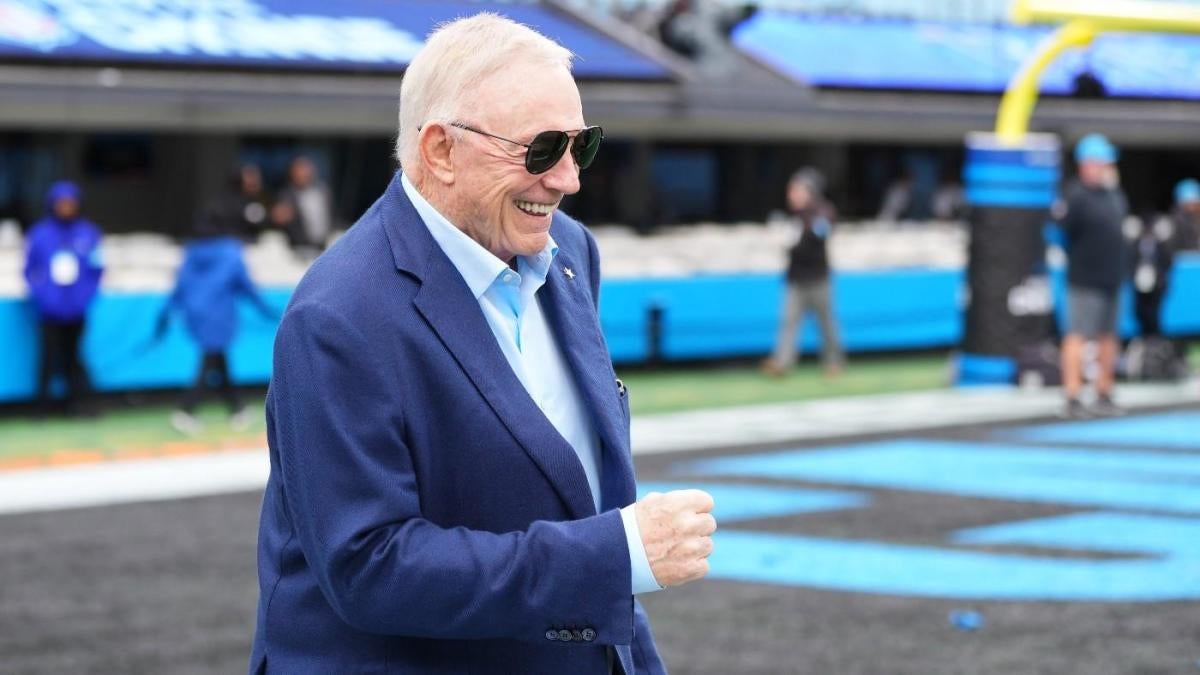









![Rick Pitino on success at St. John's, playing at packed MSG & coaching journey! [FULL] | SC with SVP](https://i1.ytimg.com/vi/LCrP2FsK6mc/hqdefault.jpg)
